


Framed or unframed, desk size to sofa size, printed by us in Arizona and Alabama since 2007. Explore now.
Shorpy is funded by you. Patreon contributors get an ad-free experience.
Learn more.

- The most dangerous fire escape I've ever seen
- Out of Place
- Sir Bedevere
- Witch way to the fire?
- Proud to be an old Coot
- That old scale
- Bowled Over
- Cat years?
- 'Why' Wyoming?
- His Master's Voice
- What! No dish under the skewer?
- Only in Hollywood?
- What's Up Doc?
- Destination?
- I'm pretty sure this was a voluntary program
- When I see chicken wire rabbit cages I think of three things
- The War Ears
- Eating the bunnies? Really?
- A love affair with a machine
- Hasenpfeffer
- Back support
- Hot type!
- Can you smell ... the news?
- Looking across the street and Flong
- Memories of my elderly hoarder neighbor
- Linotype in the Twilight Zone
- By Memory?
- Quiet place
- Line Of Type
- And no hearing protection
Printporium
Motor Mart Garage: 1906

Boston circa 1906. "Park Square." The Motor Mart Garage at left, behind Thomas Ball's "Emancipation" statue of Abraham Lincoln and a figure based on Archer Alexander, the last man captured under the Fugitive Slave Act. At right, the Boston & Providence Railroad Depot and clock tower. 8x10 inch dry plate glass negative, Detroit Publishing Company. View full size.
Choo-choo weathervane
Kudos and back slaps to whoever had the you-know-what to get up there and bolt that down. Worth a small fortune today if it survived.
It's sort of still there
There were spaces for 400 cars in the mart's core. That sounds like a lot for 1906. The architect was Edward T. Barker. There was a writeup and a floorplan in the May 10, 1905 edition of The Horseless Age -- a magazine to help us through the transition.
In 1926 architect Ralph Harrington Doane designed a motor mart built on the same spot. The building there now looks correct for the mid-1920s and has a parking garage entrance on both Columbus Ave and Stuart Street (with a sign that says Motor Mart Garage), just like the original. Instead of becoming obsolete, I guess the 1906 Motor Mart was so successful that a larger version was built on the site.
Last Marque Standing
It seems the last brand still in use is Fiat.
Ahead of Their Time?
Electric powered cars? Guess it took a few years for those to catch on. And gearless cars? That's what today's continuously variable transmissions are. Also noticed both spellings of the still popular fuel: gasoline and gasolene.
The statue is gone
Boston’s Emancipation Memorial was removed on December 29, 2020, and put into storage where presumably it remains.
The city announced the Boston Art Commission's decision after “public testimonies during two hearings”, “more than 160 letters and 645 survey responses”, a petition with 12,000 signatures, and five hours of testimony and discussion. The reason: “the statue’s role in perpetuating harmful prejudices and obscuring the role of Black Americans in shaping the nation’s freedoms.”
This statue was a copy of the one in Washington D.C.'s Lincoln Park. It was controversial from the start: Frederick Douglass, main speaker at the Washington dedication in 1876, wrote privately in a letter recently attributed to him: “What I hope to see before I die is a monument representing the negro, not couchant on his knees like a four-footed animal, but erect on his feet like a man.” The Washington statue is still in place.







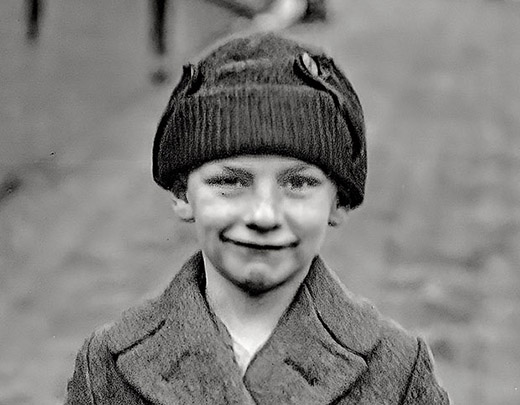
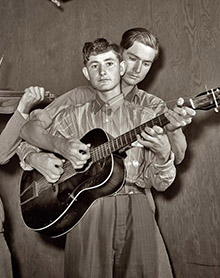
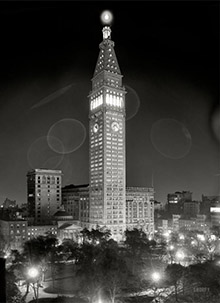
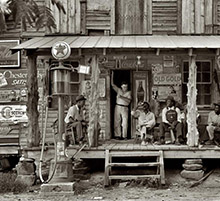
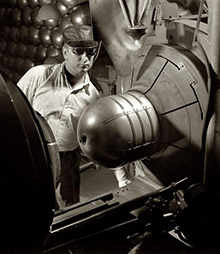
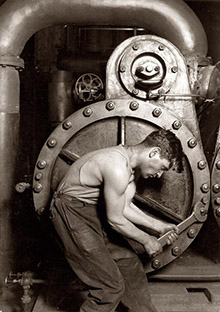

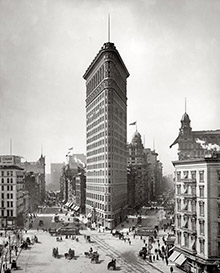

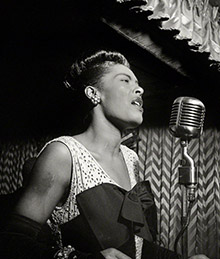
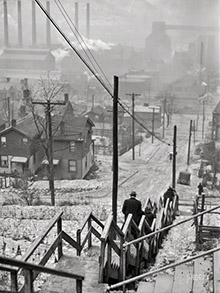
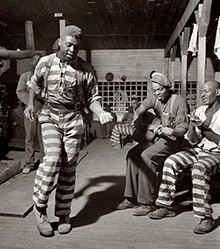

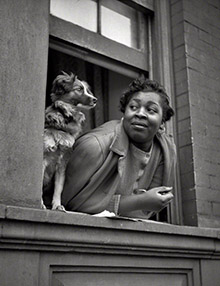
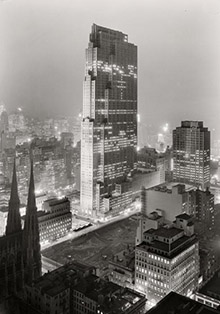

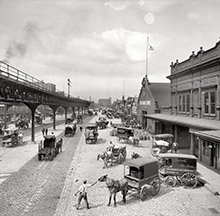



On Shorpy:
Today’s Top 5